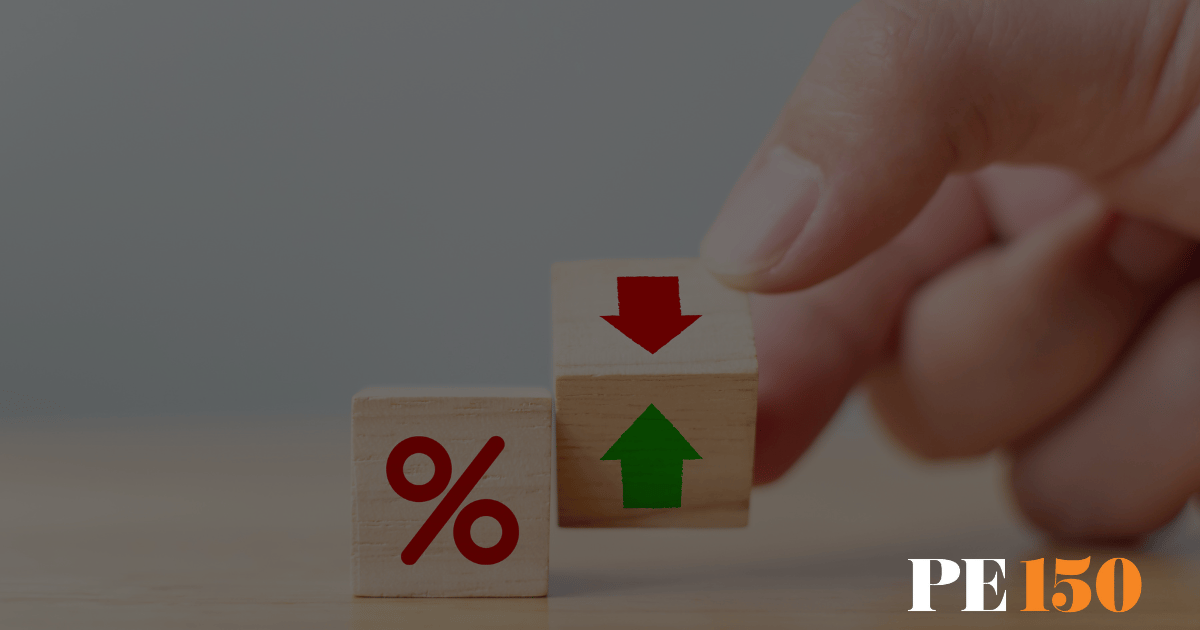- PE 150
- Posts
- Private Credit Rates Fall
Private Credit Rates Fall
Q2 2025 Sees Decline in Private Credit Defaults, Indicating Market Strength

Private Credit Default Rates Decline in Q2 2025, Signaling Resilience Across the Market
The second quarter of 2025 marked a notable improvement in credit health within the U.S. private credit market, as default rates trended downward for the second consecutive quarter. According to the latest release from Proskauer’s Private Credit Default Index, the overall default rate declined to 1.76% in Q2, compared to 2.42% in Q1 and 2.71% in the same quarter a year ago. This trajectory underscores a broader market narrative of enhanced lender discipline and borrower resilience amid evolving macroeconomic conditions.

The decline of approximately 27% quarter-over-quarter signals renewed investor confidence in private credit as an asset class, particularly in a market environment still contending with inflationary pressure, rate volatility, and selective risk appetite. The Proskauer Index, which tracks 739 senior-secured and unitranche loans representing $143.6 billion in original principal, aligns with similar trends observed in the broadly syndicated loan market.
“This quarter’s data reinforces what we’ve continued to see: resilience across private credit markets,” said Stephen A. Boyko, partner and co-founder of Proskauer’s Private Credit Group. “While there was a slight uptick in defaults among smaller companies, the overall downward trend signals effective risk management and stability across the sector.”
Despite the aggregate improvement, performance was mixed when analyzed across borrower size categories defined by EBITDA. Companies with EBITDA greater than or equal to $50 million experienced the most significant progress, with default rates falling from 1.7% in Q1 2025 to just 0.5% in Q2 — a 70.6% reduction. This group’s performance reflects stronger capital structures, better operational efficiency, and greater access to liquidity levers.
Mid-market borrowers — those with EBITDA between $25 million and $49.9 million — also recorded a meaningful decline, with defaults dropping from 4.3% to 2.9%. This segment, while still elevated relative to others, is trending in a favorable direction. Analysts suggest that middle-market sponsors and credit managers have been proactive in deploying amendment-and-extend strategies and covenant-lite protections to mitigate default triggers.
Conversely, the smallest cohort — borrowers with EBITDA under $25 million — saw a reversal in momentum, with defaults increasing from 1.4% to 1.8% quarter-over-quarter. These borrowers remain particularly sensitive to credit tightening, inflation, and idiosyncratic risks stemming from less diversified revenue bases.

The chart reveals persistent segmentation in default behavior by EBITDA band across recent quarters. While the volatility in the sub-$25 million group is not unusual, the outsized improvement in larger credits reflects stronger balance sheet management and a deeper buffer against macroeconomic headwinds.
Comparatively, Proskauer’s Q2 private credit default rate of 1.76% stands higher than the trailing 12-month payment default rate of 1.11% by amount and 1.25% by issuer count reported by the Morningstar LSTA US Leveraged Loan Index. However, the contrast is partly explained by differences in loan structure and borrower profiles; Proskauer’s Index includes a higher concentration of bespoke and sponsor-backed loans.
The market's improving credit profile is also a function of disciplined capital deployment and an increased focus on downside protection by lenders. Proskauer’s private credit legal team, involved in over 1,600 transactions across $420 billion in value over the past five years, attributes this to tighter documentation standards and more stringent diligence frameworks being employed in today’s underwriting environment.
Looking forward, the private credit market continues to attract institutional capital on the back of consistent risk-adjusted returns. If default rates remain on a downward trend, the asset class may see even greater allocations from pension funds, insurance companies, and sovereign wealth funds seeking yield in a still-uncertain macro backdrop.
As the second half of 2025 unfolds, continued monitoring of credit fundamentals — especially among smaller borrowers — will be essential. While larger entities appear well-positioned to weather uncertainty, smaller sponsors and lenders may face headwinds absent additional financial engineering or structural adjustments.
Sources & References
PitchBook. (2025). Private credit default rate falls to 1.76% in Q2 – Proskauer. https://pitchbook.com/news/articles/private-credit-default-rate-falls-to-1-76-in-q2-proskauer
Proskauer. (2025). Proskauer’s Private Credit Default Index Reveals Rate of 1.76% for Q2 2025. https://www.proskauer.com/report/proskauers-private-credit-default-index-reveals-rate-of-176-for-q2-2025